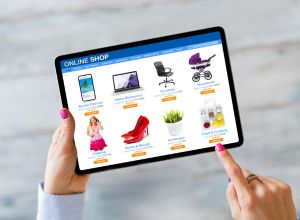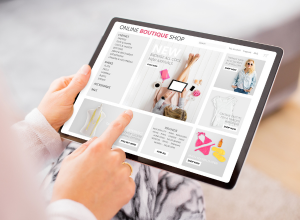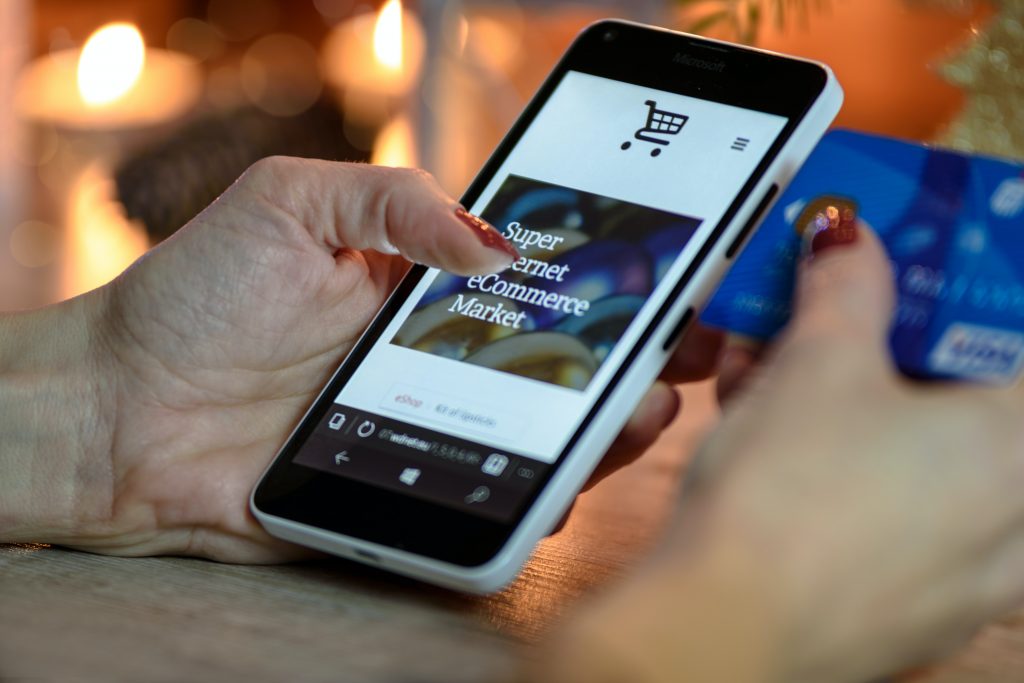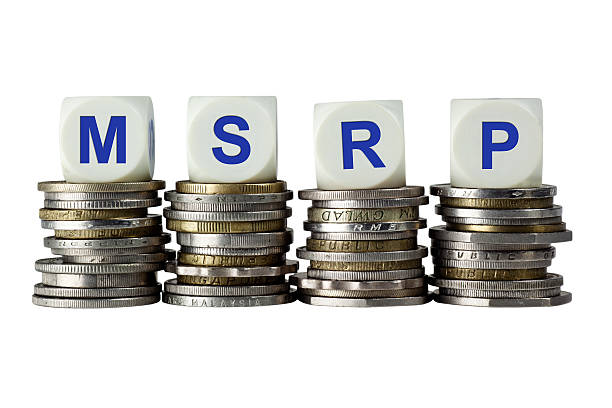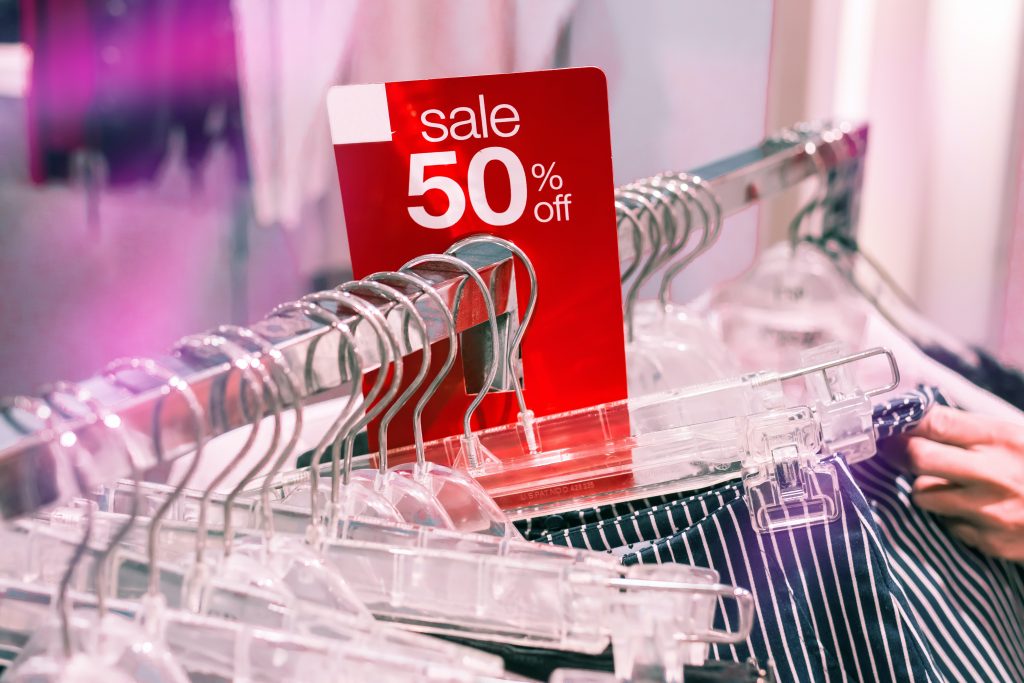Dropshipping is a retail fulfillment method where a store doesn’t keep the products it sells in stock. Instead, when a store sells a product using the dropshipping model, it purchases the item from a third party and has it shipped directly to the customer. Therefore, the seller doesn’t have to handle the product directly. This business model has gained popularity due to the rise in e-commerce and its low upfront costs, making it accessible to aspiring entrepreneurs worldwide.
Overview of the Dropshipping Process
The dropshipping process begins when a customer places an order for a product on the retailer’s online store. The retailer then forwards the customer’s order and shipping details to the dropshipping supplier. The supplier packages and ships the product directly to the customer. The retailer’s profit is the difference between the supplier’s price and the retail price they’ve set.

This process minimizes the risks for online entrepreneurs. They don’t have to open a physical store, buy inventory in advance, or worry about shipping logistics. The critical aspect here is creating an online store that attracts customers and offers products that meet their needs and interests.
Setting Up Your Dropshipping Busines
A. Developing a Business Plan
Every successful dropshipping venture begins with a comprehensive business plan. This document should outline your business model, target market, marketing strategy, pricing structure, financial projections, and more. Your business plan serves as the blueprint for your business, guiding your decisions and strategies.
While a dropshipping business may require less upfront investment than traditional retail models, it’s crucial to budget for expenses like website hosting, marketing costs, and other operational fees. Also, remember to plan for customer returns or damaged goods.
B. Understanding Legal Considerations
Before starting your dropshipping business, it’s crucial to understand and comply with the legal requirements. This includes registering your business, understanding your obligations under consumer law, and, if applicable, paying sales taxes.
Consulting with a business attorney or a certified public accountant (CPA) can be beneficial in navigating these considerations. Also, various online resources provide guidance on these matters, but they should not replace professional legal advice.
C. Selecting Your Niche
Choosing a niche is a critical step in setting up your dropshipping business. A well-chosen niche allows you to target your marketing efforts effectively and cater to a specific customer base’s needs and wants
When choosing your niche, consider factors such as market demand, competition level, product price point, and your interest in the products. Using market research and keyword analysis tools can help determine the popularity and profitability of your chosen niche.
D. Identifying Your Target Audience

Once you’ve selected a niche, you must identify and understand your target audience. Knowing your customers will allow you to tailor your website, product selection, and marketing efforts to their needs and preferences.
Factors to consider when identifying your target audience include age, gender, location, income level, and purchasing behaviors. Online tools, such as Google Analytics and social media insights, can provide valuable data on your audience.
Understanding the Supply Chain
A. Role of the Supplier
In dropshipping, the supplier plays a critical role. They are responsible for manufacturing or sourcing products, maintaining inventory, packaging products for shipment, and shipping them directly to the customer. It’s the supplier’s job to ensure that the product is of high quality and delivered on time.
Suppliers also provide product information and images for retailers to use on their websites. It’s crucial for a dropshipper to maintain a positive relationship with their suppliers since the success of the business hinges on the supplier’s ability to fulfill orders reliably.
B. Role of the Retailer
The retailer’s role in dropshipping is primarily to attract customers and facilitate transactions. Retailers do this by setting up an online storefront, marketing their products, and providing excellent customer service. Once a customer places an order, the retailer processes the payment and communicates the order details to the supplier for fulfillment.
Although retailers in the dropshipping model do not handle the physical goods, they are still responsible for any customer issues related to the product or shipment. Hence, they must handle customer inquiries, complaints, and returns efficiently.
C. Role of the Customer
Customers in the dropshipping model interact with the retailer, not the supplier. They visit the retailer’s website, choose products, and complete the purchase there. If they have questions or issues with their orders, they communicate with the retailer.
Despite not knowing about the supplier or the dropshipping model, customers expect high-quality products, fast and reliable shipping, and exceptional customer service. Their satisfaction and potential repeat business heavily depend on their experience with the retailer.
Choosing a Dropshipping Supplier
A. Characteristics of a Good Supplier
A reliable supplier can make or break your dropshipping business. A good supplier should have a strong reputation, extensive industry experience, and offer a wide range of quality products. They should be efficient in order processing and shipping, and be transparent about their inventory levels. Communication is also key, so they should respond to queries promptly and professionally.
B. Researching and Evaluating Suppliers
There are various ways to find dropshipping suppliers. Online directories, trade shows, and supplier databases are common starting points. When researching potential suppliers, consider their product range, pricing, delivery times, and location.
It’s also important to check for customer reviews or complaints about the supplier. In some cases, it can be beneficial to order a sample product to assess the quality and delivery time firsthand.
C. Negotiating Terms with Suppliers
Once you’ve identified potential suppliers, it’s time to negotiate terms. This can include product pricing, order minimums, shipping costs, and delivery times. Remember, the supplier’s pricing will directly affect your profit margins, so be sure to negotiate the best deal possible.
Also, discuss the process for handling returns, damaged goods, and out-of-stock items. It’s crucial to have a clear agreement to avoid misunderstandings and ensure smooth business operations.
Building Your Online Store
A. Overview of E-commerce Platforms
Several e-commerce platforms are available for building your online store, each with their own features, pricing, and levels of customization. Shopify and WooCommerce are popular choices for dropshipping businesses due to their extensive features, user-friendly interfaces, and dropshipping integration options. Others include BigCommerce, Magento, and Wix.

Consider your technical expertise, budget, required features, and scalability when choosing a platform. Each platform offers different templates, integrations, and capabilities, so choose one that aligns with your business needs.
B. Setting Up Your Website
Creating an appealing and user-friendly website is crucial for attracting and retaining customers. The design should align with your brand identity, and navigation should be intuitive. Clear product categories, detailed product descriptions, high-quality images, and customer reviews are essential features.
Furthermore, ensure that your website is mobile-responsive, as a significant portion of online shopping occurs on mobile devices. Include a clear and straightforward checkout process to minimize cart abandonment and maximize conversions.
C. Optimizing Your Online Store for SEO
Search Engine Optimization (SEO) is vital for attracting organic traffic to your online store. Start by performing keyword research to understand the terms your target audience uses when searching for your products. Then, incorporate these keywords into your product descriptions, blog posts, meta descriptions, and URLs.
Also, ensure your website loads quickly and is mobile-friendly, as these factors influence your search engine rankings. A blog can also improve SEO by providing fresh, relevant content that includes your target keywords.
D. Implementing Effective UX/UI Design
User Experience (UX) and User Interface (UI) design are critical aspects of your online store. The aim is to provide a seamless, enjoyable shopping experience. This includes clear navigation, intuitive design, easy-to-read fonts, attractive color schemes, and high-quality images.
Good UX/UI design can increase user engagement, improve conversion rates, and enhance customer satisfaction. Consider investing in a professional designer or using a template from your chosen e-commerce platform to ensure your online store provides an excellent user experience.
Building a user-friendly, SEO-optimized online store is key to attracting customers and driving sales in your dropshipping business.
Sourcing Products
Once you’ve defined your niche and secured your supplier, the next step is sourcing products. Choose items that align with your niche, have proven demand, and offer a good profit margin after accounting for costs.
Consider factors such as product size and weight, as these can impact shipping costs. Also, look at the product’s quality, as this can affect customer satisfaction and the rate of returns.
A. Managing Inventory
In dropshipping, the supplier usually handles inventory management. However, you still need to keep track of stock levels to ensure the products displayed on your website are available.
Most dropshipping suppliers provide a way to sync their inventory with your online store. This can be done through manual updates, CSV uploads, or direct integration via APIs. Regularly updating your product availability prevents customer disappointment and enhances your store’s credibility.
B. Pricing Your Product
Pricing is a crucial aspect of your dropshipping business as it directly impacts your profitability. Your price should cover the wholesale cost, shipping and handling fees, taxes, marketing costs, and other business expenses, while also leaving room for profit.
Consider your target market and competitor pricing when setting your prices. You can employ different pricing strategies, such as cost-plus pricing, market-oriented pricing, or value-based pricing, depending on your business goals and customer base.
C. Updating Product Information
Keeping your product information up-to-date is essential in a dropshipping business. This includes product descriptions, specifications, images, and prices. Regular updates ensure your customers have accurate information, which can lead to increased trust and lower return rates.
D. Handling Product Returns
Despite your best efforts, product returns are inevitable in e-commerce. Create a clear return policy that outlines the conditions and process for returns. This policy should balance customer satisfaction with the need to minimize losses.
When a customer requests a return, coordinate with your supplier to handle the process smoothly. Remember, how you handle returns can greatly impact your business reputation and customer relationships.
Marketing Your Dropshipping Business
A. Building a Strong Brand
In the highly competitive dropshipping landscape, a strong brand can set your business apart. Your brand encompasses your business identity, values, and the experience you deliver to your customers. Elements of your brand include your name, logo, color palette, tone of voice, and customer service style.
Think about your target audience and the message you want to convey to them. Aim to create a brand that resonates with your customers and stands out in your chosen niche. Consistency is key in branding – ensure a uniform look and feel across all platforms and touchpoints.
B. Creating a Marketing Strategy
Your marketing strategy outlines how you’ll attract and retain customers. It should detail your marketing objectives, target audience, marketing channels, tactics, and budget. Given the online nature of dropshipping, digital marketing will likely form a significant part of your strategy.
Strategies could include Search Engine Optimization (SEO), Pay-Per-Click (PPC) advertising, content marketing, social media marketing, and email marketing. Choose the strategies that align best with your target audience and business objectives.
C. Leveraging Social Media
Social media is a powerful tool for marketing your dropshipping business. Platforms like Facebook, Instagram, Pinterest, and TikTok allow you to reach a wide audience and engage with your customers directly.
Create engaging content that resonates with your audience – this could be product photos, videos, customer reviews, how-to guides, and more. Social media advertising can also be highly effective, as it allows you to target your ads based on users’ demographics, interests, and behaviors.
D. Utilizing Email Marketing
Email marketing is a cost-effective way to drive sales and nurture customer relationships. Collect email addresses from your website visitors and customers, then use this list to send regular updates, promotions, and personalized offers.
Ensure your emails provide value to your customers – they could contain helpful information, exclusive discounts, or new product announcements. Tools like Mailchimp or Sendinblue can help manage your email campaigns.
E. Analyzing and Optimizing Your Marketing Efforts
Lastly, it’s crucial to monitor your marketing efforts’ performance and adjust your strategies as needed. Use analytics tools to track key metrics like website traffic, conversion rate, customer acquisition cost, and return on ad spend.
By analyzing these metrics, you can understand what’s working, where you can improve, and how to allocate your marketing budget effectively.
Maintaining and Growing Your Dropshipping Business
A. Delivering Excellent Customer Service
Providing top-notch customer service is crucial for retaining customers and enhancing your business’s reputation. This includes responding promptly and professionally to customer inquiries, resolving issues effectively, and going the extra mile to exceed customer expectations.
Consider offering various contact methods, such as email, phone, live chat, and social media. Also, make sure your return and refund policies are clear and fair. Remember, satisfied customers are more likely to make repeat purchases and recommend your business to others.
B. Scaling Your Business
As your dropshipping business grows, you may need to scale your operations to handle increased demand. This could involve adding more products, expanding into new markets, or upgrading your e-commerce platform or hosting plan for improved performance.
When scaling, it’s essential to maintain the quality of your products and customer service. Monitor your performance closely to ensure that your growth is sustainable and profitable. It may also be necessary to negotiate new terms with your suppliers as your order volume increases.
C. Continuous Improvement
The e-commerce landscape is continually evolving, so it’s crucial to stay adaptable and continually improve your dropshipping business. This involves staying up-to-date with industry trends, consumer behavior, and technology advancements.
Regularly review your business processes, website, marketing strategies, and customer feedback to identify areas for improvement. Consider using A/B testing to experiment with different website designs, product descriptions, or marketing tactics and see what works best.
D. Measuring Success
Finally, establish key performance indicators (KPIs) to measure your business’s success and track your progress towards your goals. Common KPIs for dropshipping businesses include net profit, sales conversion rate, average order value, customer acquisition cost, and customer lifetime value.
By regularly tracking these metrics, you can gain valuable insights into your business performance, make data-driven decisions, and set clear goals for future growth.
Maintaining and growing a dropshipping business requires ongoing effort, adaptability, and a focus on customer satisfaction. By following the steps and strategies outlined in this guide, aspiring entrepreneurs can set up, manage, and grow a successful dropshipping business.
With the right approach, dropshipping can be a profitable and sustainable online business model. As with any business, it requires careful planning, hard work, and continuous improvement to achieve long-term success. So, whether you’re just starting out or looking to grow your existing dropshipping business, the insights and advice provided in this guide will be invaluable.




